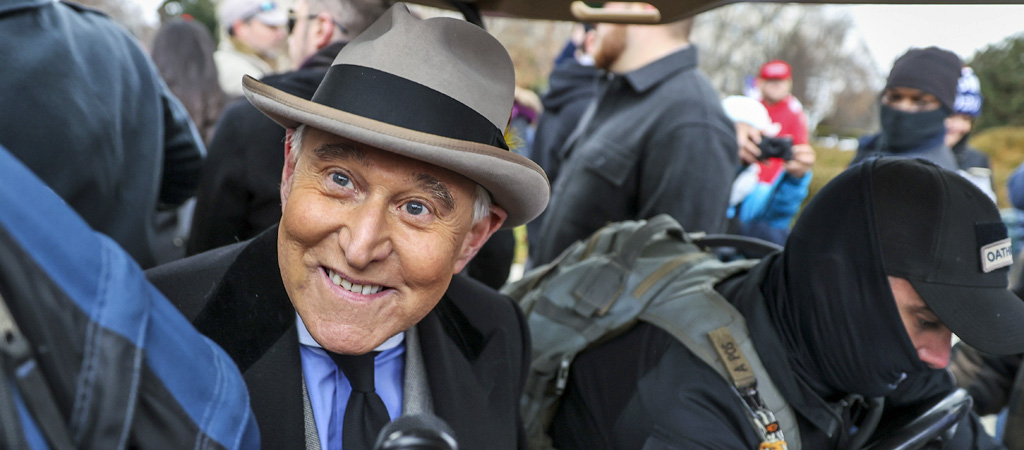In a watershed moment for the investigation into the January 6 attack on the U.S. Capitol building following Donald Trump‘s “Stop the Steal” rally, 11 members of the Oath Keepers have been charged with seditious conspiracy. These charges are the most serious to be levied against participants in the failed January 6 insurrection, and one of the members named by the government is Oath Keeper leader Stewart Rhodes, who was believed to be working closely with notorious Trump ally Roger Stone. Rhodes, along with the other men, are looking at significant charges that include allegedly bringing weapons into Washington D.C., which scuttles the far-right narrative that the January 6 riot was a “peaceful protest.”
Via CNN:
The new indictment brings to light planning the Oath Keepers are accused to have done ahead of the Capitol attack, as they allegedly recruited members, stocked up on weapons and organized to disrupt Congress’ certification of the 2020 election. Prosecutors say they also continued to plot “to oppose by force the lawful transfer of presidential power” after the Capitol riot failed to block the electoral college vote, according to a Justice Department statement on Thursday.
Rhodes has been repeatedly linked to Stone, who should probably be very concerned right now, according to political commentator Ron Filipkowski.
“I’m sure Roger Stone doesn’t have to worry about these Oathkeepers flipping on him,” Filipkowski tweeted after the seditious conspiracy charges were announced. “Yeah, they’re facing 20 years in prison and the government is willing to negotiate with them for full cooperation, but these guys are solid. I’m sure they won’t say anything to save themselves.”
I’m sure Roger Stone doesn’t have to worry about these Oathkeepers flipping on him. Yeah, they’re facing 20 years in prison and the government is willing to negotiate with them for full cooperation, but these guys are solid. I’m sure they won’t say anything to save themselves.
— Ron Filipkowski (@RonFilipkowski) January 13, 2022
As for how the Oath Keepers’ plans were uncovered by the government, that should concern Stone, too, along with any other suspects involved in the January 6 plot. According to CNBC, the feds were able to gain access to encrypted Signal messages. As for how, the feds aren’t saying, but that should raise concerns for any participants who thought they were protected by using the supposedly secure platform.
(Via CNN)

